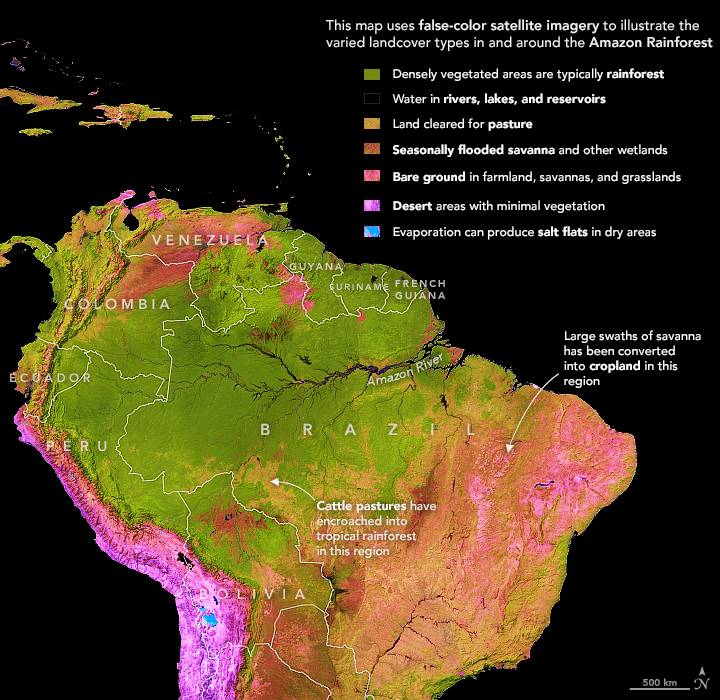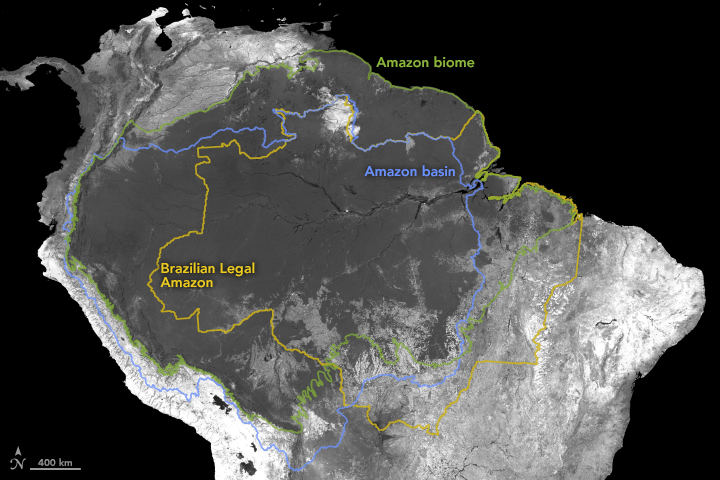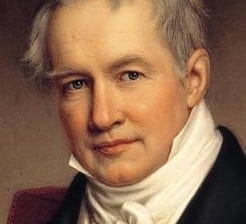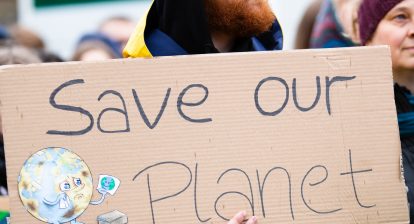The Amazon is Earth’s largest tropical rainforest with its own self-sustainaing regional climate and hydrological system. It contains a diversity of forests – from montane to mangroves – across a range of distinct soils and substrates, supported by a biogeochemically-diverse riverine network that drives extensive seasonal rainfall. It has been clear for a while that this whole system is under pressure. Unsustainable developing practices – including deforestation for mining, agriculture and dairy farming, as well as illegal logging activities – have all brought it to an ecological tipping point.
Generally, ecological and climate change research on the Amazon Basin has focussed on CO2 emissions, showing that deforestation could flip the forest from a carbon sink to a carbon emission source by 2035 and eventually also turn it into a much drier ecosystem.
A new study from March 2021 brought further bad news. This research is the most comprehensive assessment of the Amazon Basin’s influence on global climate to date and it found that due to fires, drought, and land clearing, the Amazon is releasing more green house gases than it stores in plants and soil. A group of over 30 scientists took part in this study, which says that instead of cooling the Earth’s atmosphere by absorbing heat-trapping gases and offsetting green house gases released through human activities, the forest is actually doing the opposite – it is most likely warming Earth’s atmosphere. This research assessed the combined total of all the climate-warming gases cycling through the Amazon Basin and released into the atmosphere.
In addition to CO2, human activities also release other greenhouse gases, namely nitrous oxide and methane. While these do not stay in the atmosphere as long as CO2, they are both more potent. For the first time, this new study shows that when taken together with CO2, methane and nitrous oxide cycling in the rainforest have converted the Amazon into an emitter of greenhouse gases, probably worsening climate change by releasing more gases than it naturally absorbs. It has become a source of emissions, as opposed to what it was: a greenhouse gas sink. Because the Basin is so big, even minor changes can adversely impact the entire ecosystem and subsequently the global climate. While the study team acknowledges uncertainties, the results (from the available data) still indicate a possible reversal of the functioning of these “lungs of the Earth”.

False colour satellite imagery showing landcover types in and around the Amazon Rainforest. 2018. Credit NASA Earth Observatory
Another study published in May 2021, brought more bad news. This showed that the Brazilian Amazon released almost 20% more carbon dioxide into the atmosphere in the past 10 years (from 2010 through 2019) than it absorbed. This study estimated the volume of CO2 absorbed and stored in the forest as it grows and compared it to the amount released back into the atmosphere due to burning and deforestation. The results indicate that during the study period, the Brazilian Amazon basin released 16.6 billion tonnes of CO2, while absorbing only 13.9 billion tonnes. In addition, in 2019, deforestation from fires and clear-cutting increased almost four-fold compared to the previous two years, from approximately one million hectares (2.5 million acres) to 3.9 million hectares. The team also used new methods of analyzing satellite data to show that degraded forests (such as through fires or selective cutting that damage trees) caused three times more CO2 emissions than outright deforestation, over the same ten year period.
Although it is not yet known at what point this reversal would become permanent, it is clear that reaching global climate goals are likely to face difficulty if the Amazon Rainforest were to become a net source rather than a sink of CO2.
The selected Optin Cat form doesn't exist.






